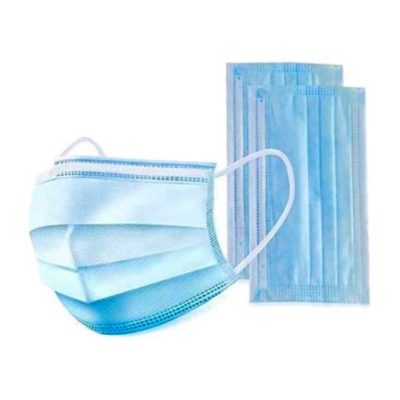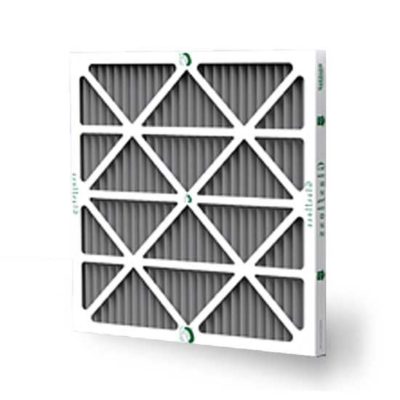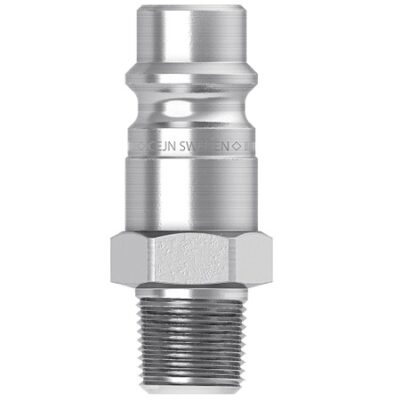Finding the perfect cooling solution for enclosed electrical cabinets can be a challenge. To make the right choice for your business, you need accurate information and the most practical support in selecting an enclosure climate control system. You may be wondering whether an enclosure air conditioner or vortex tube cooler is right for you. Here are some of the most important considerations to keep in mind when deciding on the right way to keep electrical cabinet enclosures cool.
Resolving the Cabinet Cooling Conundrum
Enclosed electrical cabinets that contain sensitive equipment can generate extreme amounts of heat during operation. Enclosure or cabinet cooling systems keep electrical and electronic equipment running at peak efficiency and prevent overheating that could cause unexpected shutdowns or damage. Modern advances in cooling technologies have made it much easier to keep equipment cool during operation and reduce the number of electrical and electronic breakdowns caused by excessive heat.
What Are Enclosure Air Conditioners and Vortex Tube Coolers?
Both vortex tube coolers and enclosure air conditioners are designed to work in enclosed areas to cool electronics and other equipment. These two systems, however, use very different methods of operation.
- Vortex tube coolers inject cold compressed air inside the enclosed area, eliminating moving parts and refrigerant to make these units a self-contained, durable, and quiet solution.
- Enclosure air conditioners work similarly to traditional AC systems. This option requires a compressor, an evaporator blower, and a condenser blower working together to concentrate cool air in the cabinet and remove heat.
Understanding how these enclosure cooling systems work will provide the necessary context to choose the best solution for your commercial or industrial operations.
How Enclosure Air Conditioners Work
Traditional enclosure air conditioners operate in much the same way as central air conditioning in homes and businesses:
- First, the refrigerant gas enters a compressor to raise its temperature.
- Next, the refrigerant is transferred to a condenser coil that allows the refrigerant to cool, which converts it back into a liquid.
- Then, the liquid refrigerant is sent to an evaporator coil where it absorbs heat, causing the evaporator coil to cool down significantly.
- A fan directs air across the evaporator coil to cool it and produce cold air that is distributed through the cabinet.
- A closed-loop enclosure air conditioner draws hot air from the enclosure and sends it back in once the heat has been removed, without ever pulling in ambient air. This protects the enclosure from dust or harmful airborne particles and provides high-operating efficiency.
How Vortex Tube Coolers Work
A vortex tube is at the heart of a vortex cooler system. This tube forces compressed air into a chamber that spins the air at extremely high speeds, up to one million revolutions per minute. Faster-moving hot air moves to the outside of the tube and is released through a valve. The slower-moving air that remains is significantly cooler than the incoming air and flows into the enclosed area. Vortex tube cooler systems can lower temperatures by as much as 100 degrees Fahrenheit.
The Pros and Cons
Both refrigerant-based enclosed air conditioning and vortex tube cooler systems have benefits and drawbacks. Some of the most crucial points to keep in mind when choosing between these two types of enclosure cooling systems include:
Performance
- Since vortex tube coolers consist of fewer moving parts, they typically cost much less than the larger and more complicated air conditioning systems. If maintained properly, they are also extremely durable.
- Enclosure air conditioners offer higher cooling performance and are usually a stronger option when working with high heat loads.
- Using a thermostat will allow you to maintain your desired temperature inside the enclosure without requiring your cooling system to run continuously, providing considerable benefits in terms of energy savings and equipment life.
Environments
- Vortex tube coolers and closed-loop enclosure air conditioners do not allow outside air to contaminate the enclosure. Therefore, they are great options for clean cooling in environments where dusty or polluted air is a concern.
- Vortex cooling systems replace the hot air in the cabinet with filtered compressed air. This can be achieved at a slight positive pressure, ensuring the enclosure is purged and perfectly sealed from the outside environment.
- For extreme, hazardous applications, look for products with the appropriate NEMA or NFPA 70 NEC Zone rating. They are constructed for harsh conditions specifically.
Ease of Operation
- Both conventional enclosure air conditioners and vortex tube cooling systems require some routine maintenance. The cost of this maintenance, however, is usually lower with vortex cooling systems.
- Vortex tube coolers are easier to install than comparable enclosure air conditioning units and take up much less space, making them a solid choice for areas with little room for cooling equipment.
- Vortex tube coolers require a supply of clean and dry compressed air to operate efficiently.
Determining the Right Choice for Your Business
Deciding on the right cooling solution for your enclosure and electrical equipment can be critical to your productivity and profitability. In many cases, working with a qualified distributor for these systems can be your best bet in choosing a practical and cost-effective solution for your needs.
ISC Sales
ISC Sales carries more than 30,000 industrial products from top manufacturers, including the best and most practical solutions for your heating and cooling needs. Peruse our product list online or call 972-964-2700 to request a quote. We look forward to the opportunity to serve you.




